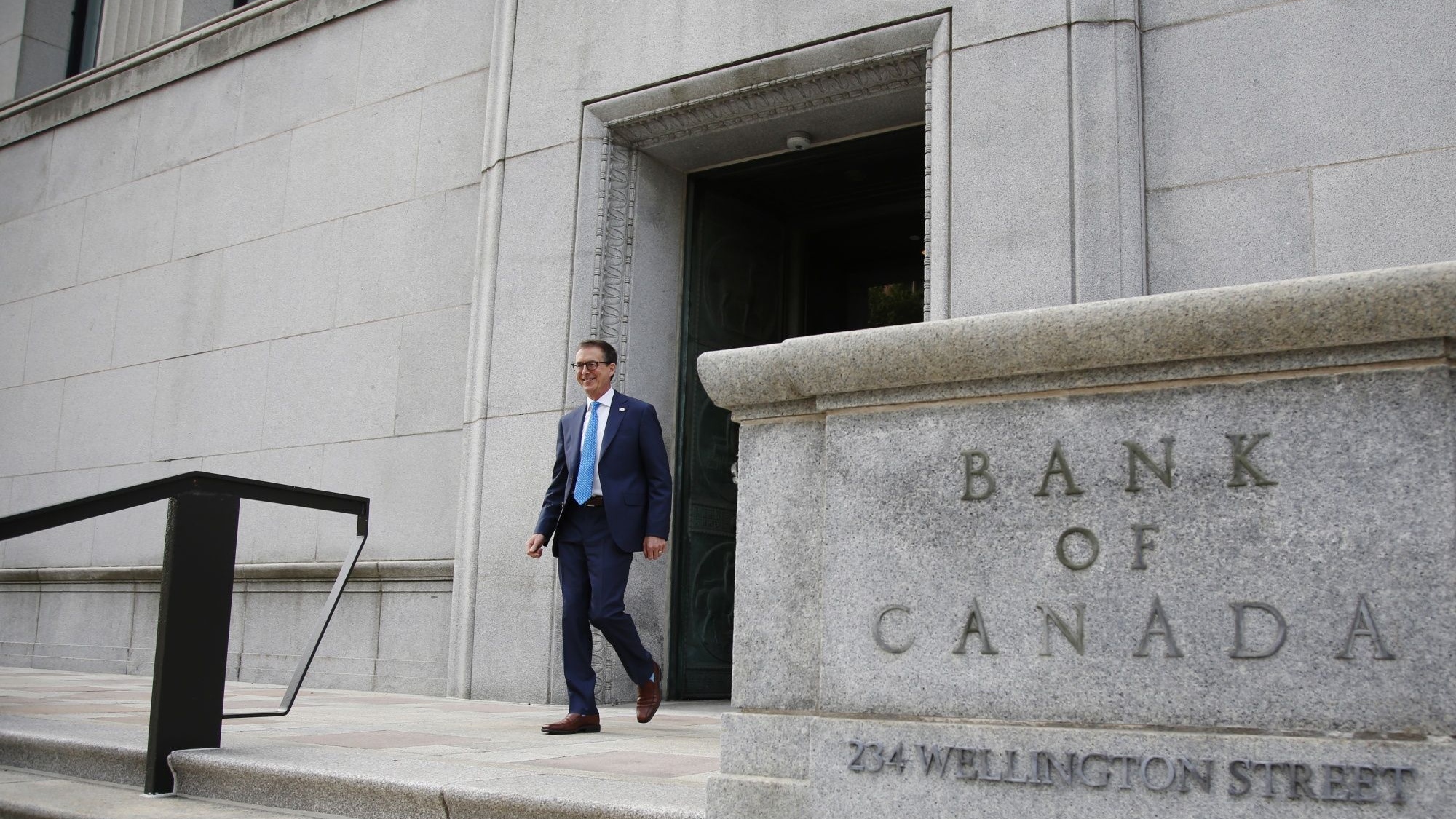Nov 27, 2020
Pattie Lovett-Reid: Low rates hit seniors and savers the hardest
Pattie Lovett-Reid: Low rates hit seniors and savers the hardest
Sign up for BNN Bloomberg's new weekly newsletter, Home Economics, here: https://www.bnnbloomberg.ca/subscribe
Fears continue to mount around the pandemic, with seniors being the hardest hit demographic from both a health and wealth perspective.
It has long been thought that as you approach the end of your working life, there is a natural transition from wealth accumulation to wealth preservation. Many don’t want to take on more risk in their portfolios for fear of losing money on investments, while at the same time drawing down on those investments to satisfy living costs.
Lifestyles may be forced to change as low interest rates hurt savers who naturally pull back as income levels decrease.
Bank of Canada Governor Tiff Macklem reminded Canadians Thursday we are going to be in a low interest rate environment for longer— and savers once again face the same problem of earning next to nothing on their money. Bank accounts, money-market funds and other short-term instruments that used to offer decent returns no longer do. Add to this, for those sitting in cash are losing money after taxes and even mild inflation.
So what is a saver to do? Face the hard facts. Retirees who could once count on interest and dividend income have been struggling financially and now need to acknowledge that isn't going to change anytime soon.
WEIGH IN

Have low interest rates been good or bad for you overall?
It may be time to re-evaluate retirement planning assumptions.
Here are a few ideas:
1. If you have been sitting in cash or near-cash equivalents, it is likely time to explore other options to move up the risk curve – even just a little. For example, choose corporate bonds of good quality companies over Government of Canada bonds.
2. Diversifying you fixed-income portfolio is just as important as diversifying a stock portfolio. By owning various types of fixed income, you can try to temper volatility and even bump up your returns a little. Here are a few options: shorter-term bonds, principal protected bonds, high quality corporate bonds, and for those willing to take on more risk, riskier lower credit quality bonds.
3. Historically, savers have a natural safety bias with a focus on quality. Investors who try to chase yield may want to recall the pullback in March 2020 when bond rates increased and values fell. Longer-term bonds typically lose more value than short-term bonds.
Bottom line for savers: sitting in cash isn't working. The role of bonds remains the same and is an important element of a balanced portfolio. However, in this environment, you might want to consider shorter durations, or actively managed funds over indexed-tracking fixed income funds.
Savers can no longer simply save it and forget it. Times have changed. And yet through it all, we are sitting on $90 billion of cash, according to CIBC. Time to get that money working for you.







